Jost Hermand, the great scholar of twentieth-century German cultural history, has celebrated the “culture of resistance” created by German intellectuals in American exile, “which is remarkable and deserves lasting appreciation.” One of the most significant groups within this resistance culture was the Frankfurt School of Critical Theory. The Frankfurt School grew out of the Institute for Social Research, originally based in Frankfurt am Main, Germany. This included such German-Jewish thinkers as Max Horkheimer, Friedrich Pollock, Herbert Marcuse, Leo Löwenthal, and Theodor W. Adorno. We should also include such figures as Erich Fromm, Franz Neumann, Otto Kirchheimer, and Walter Benjamin as part of the Institute. United by a commitment to a heterodox Marxism and to working across such disparate fields as philosophy, literary, art, and music criticism, sociology, political science, and psychology, these refugee scholars escaped Hitler and produced a stunning array of critiques of fascism. The impressive oeuvre that emerged from their activities in New York City and in southern California during the 1930s and 1940s has sparked thousands of monographs and articles and continues to stimulate and provoke intense political and philosophical debate.
The National WWII Museum’s Institute for the Study of War and Democracy is very fortunate to have been able to interview Martin Jay (PhD, Harvard, 1971), one of the first scholars in the United States to research the Frankfurt School of the Critical Theory and the Institute for Social Research. Jay is Sidney Hellman Ehrman Professor of History Emeritus at the University of California at Berkeley. He is the author of numerous publications in the fields of European intellectual and cultural history. Among those directly related to the Frankfurt School are such pathbreaking works as The Dialectical Imagination: A History of the Frankfurt School and the Institute for Social Research, 1923-1950 (1973), Marxism and Totality: The Adventures of a Concept from Lukács to Habermas (1984), Adorno (1984), Permanent Exiles: Essays on the Intellectual Migration from Germany to America (1985), Fin-de-Siécle Socialism and Other Essays (1988), Reason After Its Eclipse: On Late Critical Theory (2016), and Splinters in Your Eye: Frankfurt School Provocations (2020).
My interview with Professor Jay took place via email in November 2020.
At Harvard you developed a dissertation project, under H. Stuart Hughes’s direction, on the Frankfurt School of Critical Theory and the Institute for Social Research. What was the state of knowledge in the United States about the Frankfurt School at that time?
When I began my dissertation in 1967, there was virtually no reception of the Frankfurt School or the Institute of Social Research in America, at least as a more or less coherent school of thought. Herbert Marcuse was, to be sure, already a popular and controversial figure, and even labeled “the guru” of the New Left. But the intellectual and institutional matrix of his ideas was not yet appreciated. Theodor W. Adorno was known only as the first name on the collaborative work The Authoritarian Personality, although some of his essays in cultural criticism were being made available for the first time in translation in Prisms, published by an obscure British press in 1967. Horkheimer’s Eclipse of Reason, not a success when it first appeared after the war, was out of print, and a translation of his joint effort with Adorno, Dialectic of Enlightenment, was still five years in the future. Walter Benjamin was only a rumor until the appearance of Illuminations with a foreword by Hannah Arendt in 1969. Although some Institute figures who had settled in America, most notably Franz Neumann, Leo Löwenthal, and Otto Kirchheimer, were respected members of their fields, and Erich Fromm had a substantial popular following, their histories as members of the Horkheimer circle were unknown. The same might be said of Europe, even if some scholars like Gian Enrico Rusconi in Italy were beginning to connect the dots. Although there was, of course, a very active discussion of Critical Theory in Germany, there was not yet enough distance from their ideas to consider them a subject of historical inquiry.
There were, however, some tantalizing references in the work of George Lichtheim and George Steiner, and efforts to translate and discuss some of their ideas in journals like Telos and New Left Review had begun. Several young scholars who had actually spent time in Frankfurt—e.g. Samuel Weber, Shierry Weber, and Donald Kuspit—were beginning to spread the word. They were joined by others who were interested in the full spectrum of Western Marxist theorists, including Georg Lukács, Karl Korsch, Ernst Bloch and Antonio Gramsci, who represented an intriguing alternative to the dominant Marxist schools of the time, especially Soviet dialectical materialism and its Trotskyist offshoot. I’m thinking of people like Paul Breines, Susan Buck-Morss, Andrew Arato, Trent Schroyer, James Schmidt, Andrew Feenberg, Irving Wohlfahrt and Robert D’Amico. There is a recent study by a young German historian, Robert Zwarg, called Die Kritische Theorie in Amerika, which provides a well-researched account of the early reception, including the role played by my book and its reception.
When the dissertation was published in 1973 as The Dialectical Imagination: A History of the Frankfurt School and the Institute of Social Research 1923-1950, Max Horkheimer, the longtime director of the Institute for Social Research and key figure in the development of Critical Theory, penned a foreword. There Horkheimer wrote, “already near the end of the twenties, certainly by the beginning of the thirties, we were convinced of the probability of a National Socialist victory, as well as of the fact that it could be met only through revolutionary actions. That it needed a world war we did not yet envisage at that time.” How did Horkheimer understand the German Left’s failure to stop Nazism?
The first stage in his realization was his recognition that the German working class was not unified enough and determined enough to bring about a revolution comparable to the Bolshevik Revolution in Russia. It is hard to say exactly when this occurred, but by the mid-1920s, it seems to have become clear to most of the Institute’s members (with some exceptions like Karl August Wittfogel, who remained close to the Communist Party). The next stage came when the Institute commissioned a study of working-class attitudes, which attempted to see if there was a disparity between their militant beliefs and their unconscious characterological inclinations. Erich Fromm, the leading psychoanalyst at the Institute in the late 1920s, conducted the research from 1929 to 1931, which relied on opinion surveys whose results were interpreted by social psychological arguments. Although never completed to Horkheimer’s satisfaction and thus unpublished until well after the war, the study confirmed their pessimistic assessment that the working class would not vigorously resist a fascist takeover. After their worst fears were realized and they were forced into exile, the Institute’s members—with certain exceptions like Franz Neumann—lost any confidence in the possibility of a workers’ rebellion against Hitler.
After Adolf Hitler and the Nazis took power in 1933, the Institute moved from Frankfurt am Main, Germany, via Geneva, Switzerland, to New York City. Could you describe the role Columbia University’s president, Nicholas Murray Butler, a very complicated figure, politically (to say the least), played in the Institute finding a home at Columbia?
Horkheimer was always very grateful for Butler’s welcoming the Institute to Columbia, but it is not clear how much of a direct role he actually played in their coming to Morningside Heights. He was, as you say, an odd figure politically, having shared a Nobel Peace Prize in 1931 yet also friendly with fascists (including Mussolini), a defender of Nazis who spoke at Columbia, and anxious to keep Jewish enrollment at Columbia down. Whether or not he was duped into inviting them, as Lewis Feuer once argued, or simply too busy to notice what was happening, is hard to say. I tried to answer Feuer’s charges, which rested on a demonized version of the Institute as a subversive Marxist Trojan horse, but did not have full knowledge of the details of the invitation at the time. Subsequently, Thomas Wheatland tracked down all the relevant documents and showed that the real action was on the level of the Sociology Department where people like Robert Lynd, Robert McIver and Lewis Lorin were anxious to attract fresh blood. His thorough account was published in German Politics & Society, 22, 3 (Fall, 2004). A main attraction of the Institute was its empirical work, which fit well with the Department’s ambitions. Julian Gumperz and Erich Fromm were the main intermediaries. Once Horkheimer and his colleagues arrived, I don’t believe Butler regretted their presence, or at least I’ve seen no evidence of his second thoughts.
As Marxists, how did the members of the Institute view Franklin D. Roosevelt, who had just been elected president, and the New Deal?
Interestingly, there isn’t a great deal in the published record that might provide an answer to that question. As émigrés living in a precarious world, they were not anxious to bite the hand that was feeding them, or at least giving them a refuge from the dangers of fascism. And so they were reluctant to offer an outspokenly critical analysis of American politics, which, moreover, they had never previously explored before they left Europe. They did not join up with domestic radical movements or émigré organizations like the New Beginning, nor did they speak out on the issues of the day. I think it fair to say that while they appreciated the limits of bourgeois democracy, they became increasingly aware that it was far preferable to fascism.
In America, they also understood that the threat of fascism was far greater than the possibility of socialism. So like most emigres, they saw FDR as a strong leader who had admirable qualities that were lacking in the leaders of communist or fascist states. When Friedrich Pollock was invited to a small gathering at the White House in 1944 at the invitation of Eleanor Roosevelt, he went with no hesitation and was proud to be asked by the president to give suggestions about how to deal with postwar Germany. Marcuse, Neumann, Kirchheimer, and Löwenthal also worked in Washington during the war to help defeat Germany. This is not to say that the Frankfurt School had no reservations about the New Deal, which was a more benign version of the State Capitalism they—with the exception of Neumann—had identified in Stalinism and fascism as an obstacle to genuine revolution. But they were more critical of the cultural than political realities they encountered in their American exile.
Horkheimer and Marcuse, later joined by Adorno, did vital work on the critique of modern philosophy. This was an important legacy of Critical Theory. How did their writings relate to the earlier, pathbreaking efforts of Georg Lukács and Karl Korsch? Why did they think, given the historical moment, that philosophy should be accorded such importance?
This is a very complicated question, which would require a serious analysis of their debts to and departures from the Hegelian Marxism that Lukács and Korsch developed after World War I. We would have to look at the influence of Martin Heidegger on the young Marcuse, evident in his first book on Hegel, which grew out of his dissertation in Freiburg. We would have to look at the ways in which phenomenology, Kierkegaard, Nietzsche, and even Schelling left their mark on the thought of Horkheimer and Adorno. While they shared the Hegelian Marxist disdain for the positivist or scientistic assumptions of Second International “orthodox” Marxism and the Soviet “dialectical materialist” alternative, they were not willing to endorse the idea that Marxism could be entirely understood as a philosophy.
The Institute was devoted to “social research,” because it thought that theoretically inspired empirical studies were necessary to supplement, modify, and even test the insights of philosophy. Whereas the “proof” of radical philosophy for Lukács and Korsch lay in the radical praxis of the working class, which was the concrete embodiment of the “subject of history” posited in idealist terms by Hegel, the Frankfurt School had lost confidence that such a practical verification was on the horizon. Ultimately, Horkheimer and Adorno jettisoned the very idea of a subject of history as itself part of the problem, because it led to the domination of nature, an issue that the Hegelian Marxists had not broached. They also were suspicious of the Leninist substitutionism that allowed Lukács in particular to assign the Party its role as representative of the “ascribed consciousness” of the working class as history’s putative meta-subject.
The Institute’s connection to the brilliant Walter Benjamin has long been the subject of controversy. How would you characterize the Institute’s ties to Benjamin during the 1930s?
Although Benjamin had had personal relationships with Löwenthal and Adorno since the early 1920s, his first institutional links began in 1932, when he met with Horkheimer in Frankfurt. Horkheimer had been one of the skeptical readers of his rejected Habilitationsschrift, Ursprung des deutschen Trauerspiels (Origin of the German Mourning Play), a few years earlier, but he nonetheless decided to commission some articles from Benjamin for the newly launched Zeitschrift für Sozialforschung (Journal of Social Research). The first of these was a survey called “The Present Social Situation of the French Writer,” which appeared in 1934. In addition to assigned essays, for example the study of Eduard Fuchs he wrote reluctantly out of financial necessity, Benjamin published fragments of his on-going, never finished project on the Arcades of Paris, culminating in “On Some Motifs in Baudelaire” in 1939. And, of course, it was in the Zeitschrift that what many consider his most important essay, “The Work of Art in the Age of Mechanical Reproducibility” first appeared. During his exile in Paris, Benjamin received a regular stipend from the Institute that kept him afloat, if often barely. Its members made serious efforts to secure his safe passage to America—Horkheimer even tried to get him a position at universities in the Caribbean when his visa application was delayed—and when they failed, they were disconsolate.
When Benjamin was rediscovered in the 1960s, largely due to the efforts of Adorno and Gershom Scholem, his relationship with the Institute was attacked by both militant Marxists and Hannah Arendt. It was alleged that he had been coerced by his financial dependency to tailor his arguments to the Institute’s program and to censor his more daring and politically radical ideas. It is certainly true that his submissions were subject to criticism, as were all others published in the Zeitschrift, and an initial attempt to publish material from the Arcades project failed. The correspondence between Adorno and Benjamin over that decision has generated a great deal of controversy. So too have their differing opinions about the critical potential in mass culture (or what Adorno and Horkheimer were to call “the culture industry”).
It is perhaps now easier to see that although Benjamin was never a full participant in the development of Critical Theory or a team player in the manner of, say, Löwenthal and Pollock, his interaction with the Institute was constructive for both sides. Ironically, Benjamin wrongly feared that Horkheimer was suspicious of the theological elements of his thought and wanted him to be more of a materialist. According to a letter from Scholem in March, 1938, Adorno had told him that Horkheimer held him “in the highest regard, but that he is entirely clear that, where you are concerned, one is dealing with a mystic….They seem to have long been aware of much of what you consider secret and don’t wish to have brought up, and nonetheless are still placing their hopes in you.” It is fascinating to speculate what might have happened if those hopes had been realized and Benjamin had been able to join the other Institute members in American exile.
Reading the correspondence of Benjamin and Adorno shows a serious engagement with the work of Lenin and Trotsky. How did they view the Bolshevik Revolution? How did the Frankfurt School approach the enormous problem of Stalinism?
Whatever interest may have been apparent in their correspondence, Lenin, Trotsky, and Stalin played only a peripheral role in their published work. Although Benjamin made occasional proclamations of his revolutionary allegiance and remained close to Communists like Brecht, he was never involved with any working-class party or movement. And certainly Adorno kept an even greater distance, which made him uneasy about Benjamin’s friendship with Brecht. The attitude of the Institute towards the Bolshevik Revolution was ambivalent during the 1920s, as shown by their cooperation with the Marx-Engels Institute in Moscow, and the research of Pollock on the Soviet planned economy.
A number of peripheral figures in the Institute’s history, such as Julian Gumperz, Karl August Wittfogel, Paul Massing, and Richard Sorge remained for a long time involved with the Party (Sorge, of course, a Soviet spy in the Far East until his discovery and execution during the war). Neumann, at least according to documents revealed after the end of the Cold War, may have passed along information to the USSR during his time at the OSS, when he was no longer on the Institute’s payroll. But Horkheimer and the central figures grew increasingly wary, and had no use for Stalin in any way. For whatever reason, they never attempted a serious analysis of Stalin’s USSR or Dialectical Materialism until Marcuse’s 1958 study of Soviet Marxism, which he published after his official involvement with the Institute. But it would be wrong to conclude that they were in some sense fellow travelers or even doing the bidding of the Comintern, as some recent alt-right commentators have alleged. When they returned to Germany, they were outspoken critics of the GDR, and criticized figures like Lukács for supporting Soviet control over Eastern Europe.
Benjamin’s suicide on the Franco-Spanish border in September 1940 was a devastating event for the Frankfurt School thinkers. How did his death impact the development of Critical Theory?
There can be no question that his Institute colleagues were deeply distressed by Benjamin’s suicide, especially as it happened just when it looked as if their efforts to bring him to America were on the brink of success. It came also at the zenith of Nazi power in Europe, when it looked as if fascism would triumph over democracy, and came to symbolize the extraordinary vulnerability of the values they held dear. I think it is fair to say that Adorno was most devastated of all, although it is clear that Horkheimer and the other members of the inner circle, who had come to respect Benjamin enormously, were also shaken. It might even be argued that the new direction in Critical Theory that culminated in Dialectic of Enlightenment, abandoning virtually all remnants of their hopes for a socialist revolution, reflected their increased respect for Benjamin’s legacy.
When his remarkable “Theses on the Philosophy of History” reached them after his death, Adorno wrote to Horkheimer “This work, more than any others of Benjamin’s, reveals his proximity to our own intentions, especially the conception of history as a permanent catastrophe, the critique of progress and the domination of nature, and the interpretation of culture.” What some have seen as the growing prominence of theological motifs in their later work also may have been in part their taking on board Benjamin’s debts to religious impulses. Although, as Peter Gordon has shown in his insightful new book, Migrants in the Profane: Critical Theory and the Question of Secularization, Horkheimer and Adorno did not share all of Benjamin’s investments, they nonetheless acknowledged the limits of an undialectical atheism and naïve faith in secularization.
During the 1940s, the Institute did so much innovative research on the social and psychological dynamics behind Nazism. How do you think this work has held up?
The Institute’s research on the origins and workings of Nazism employed many different, sometimes even contradictory approaches. They ranged from the still Marxist analysis of the role of monopoly capitalism in Neumann’s Behemoth and Erich Fromm’s semi-Freudian discussion of character types in Escape from Freedom (a work, to be sure, published after his break with Horkheimer’s circle) to the broader critique of Western civilization as a whole in Horkheimer and Adorno’s Dialectic of Enlightenment. Each had insights that are still worth pondering, although also flaws that subsequent scholarship has revealed. In the case of Dialectic of Enlightenment, one of the most problematic issues concerns the highly general level of the analysis, which interpreted Nazism as a combination of the technological domination of nature and the distorted revenge of nature against its domination. Whatever one thinks of that explanation, it focused attention away from the specific history of Germany and the enthusiasm of its people for Hitler. As such, it has been seen as a tacit exculpation of those most proximately responsible for his rise.
Only recently acknowledged, their suggestive, but ultimately abandoned conceptualization of “racket society” as a model to explain the rise of fascism should also be mentioned. Horkheimer in particular sought to formulate a theory of social/political relations based on transactional bonds of protection and loyalty, which bypassed both the class struggle posited by Marxism and the rule of law and monopoly of violence by the state stressed by liberal political theory. In Germany, a massive new book by Thorsten Fuchshuber, Rackets: Kritische Theorie der Bandenherrschaft (Rackets: Critical Theory of Gang Rule), is devoted to their analysis, and I tried to apply some of its lessons to our current situation in a piece this past April called “Trump, Scorsese and the Frankfurt School’s Theory of Racket Society,” in the Los Angeles Review of Books.
After World War II, Horkheimer and Adorno remained in the United States until 1949. Upon his return to (West) Germany, Adorno helped to shape the development of Holocaust awareness with his influential concept of “after Auschwitz.” What do you think are the insights and the limitations of this concept?
So much has been written in the wake of this pithy, yet imprecise phrase—which is really more an imperative than a description—that I hesitate to add yet another gloss. What it suggests to me is the depth of the collective shudder that accompanied the slow realization of the enormity of the Holocaust. The initial response immediately after the war was far more muted, as it took time for all the facts to come out and there were many other threads to tie up in the aftermath of a global catastrophe of the magnitude of World War II. Adorno’s dictum was first voiced in 1949 in the essay “Culture Critique and Society,” and then gained currency when it was included in his 1955 collection Prisms. Samuel and Shierry Weber translated it as “To write poetry after Auschwitz is barbaric. And this corrodes even the knowledge of why it has become impossible to write poetry today.”
Later, in Negative Dialectics, Adorno would qualify his original statement in the following way: “Perennial suffering has as much right to expression as a tortured man has to scream; hence it may have been wrong to say that after Auschwitz you could no longer write poems. But it is not wrong to raise the less cultural question whether after Auschwitz you can go on living—especially whether one who escaped by accident, one who by rights should have been killed, may go on living.” These sentences are often grouped with Adorno’s other widely cited claim from Negative Dialectics, that ‘Hitler has imposed a new categorical imperative upon humanity in the state of their unfreedom: to arrange their thinking and conduct, so that Auschwitz never repeats itself, so that nothing similar ever happen again.”
Among the many implications that can be drawn from Adorno’s ruminations on “after Auschwitz,” perhaps four stand out, each one inviting much more consideration than I can offer here. First is the assumption that an epochal turning point has been reached in Western civilization, if not all of human history: before and after the Holocaust, which shattered any naïve belief in human progress or the ability of our flawed species to conquer our demons.
Second is the warning that in the light of this realization, business cannot go on as usual, including the production of art as an escape from, consolation for, or even utopian alternative to the horror. Although Adorno rethought the absolute ban on art, or at least art that articulates human suffering, the taboo is still powerful: art that pretends nothing happened will only be kitsch.
Third, the guilt of those who survived—and here Adorno is clearly channeling his own feelings—has to be acknowledged, as it connects us to the grim fact that there is no justice in the luck that some had and many lacked when the murderers were at the door. If we do answer the question of whether or not we should go on living in the affirmative, there is a deep obligation to honor those who died by working as hard as we can to prevent any future Auschwitz’s.
Thus the fourth implication: we have a sacred duty, an imperative as categorical as the one Kant defined in his Second Critique, to act and not be disinterested observers in the struggle to prevent a recurrence.
One final point: as is always the case with the ever-dialectical Adorno, nothing is simple. The epochal break separating before and after Auschwitz is not absolute after all. Not only can we write some kind of poetry after the Holocaust, but we are also still capable of exercising moral obligations in the effort to thwart its return. That suggests, contrary to the claim that it was unique, that it could happen again; indeed without our vigilance it is likely to recur. And the chances will increase that it will, if we allow Auschwitz to fade from memory.
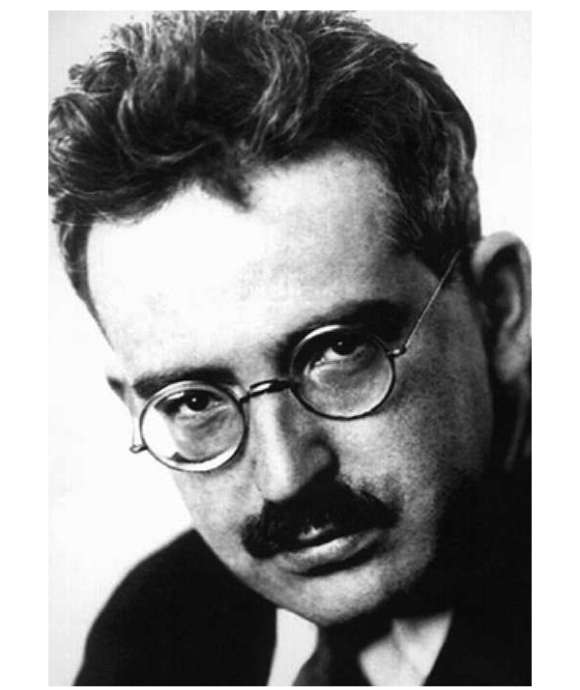
"Even the Dead Won't Be Safe": Walter Benjamin's Final Journey
In late September 1940, the German-Jewish intellectual, Walter Benjamin, embarked on a dangerous and ultimately ill-fated journey across the Pyrenees to escape the Nazis.
Jason Dawsey, PhD
Jason Dawsey, PhD, is ASU WWII Studies Consultant in the Jenny Craig Institute for the Study of War and Democracy.
Cite this article:
MLA Citation:
APA Citation:
Chicago Style Citation:
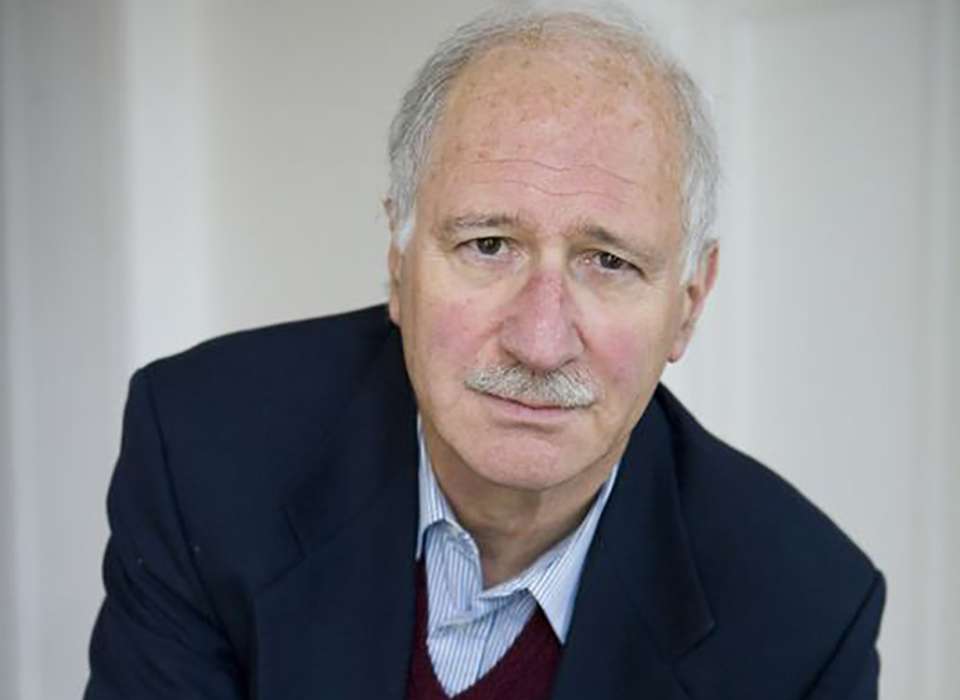
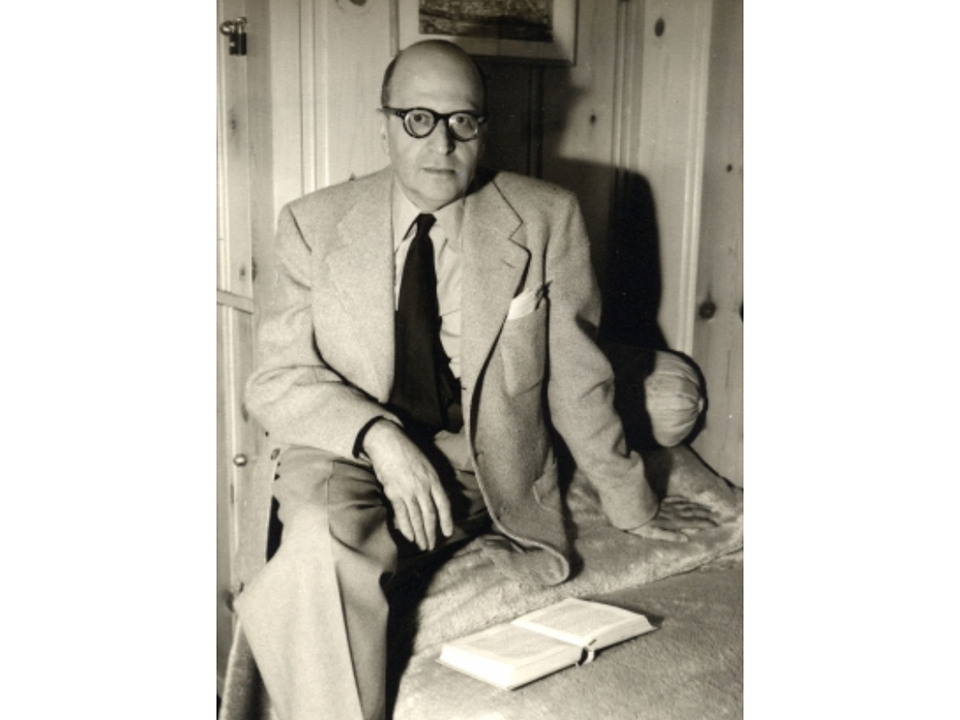
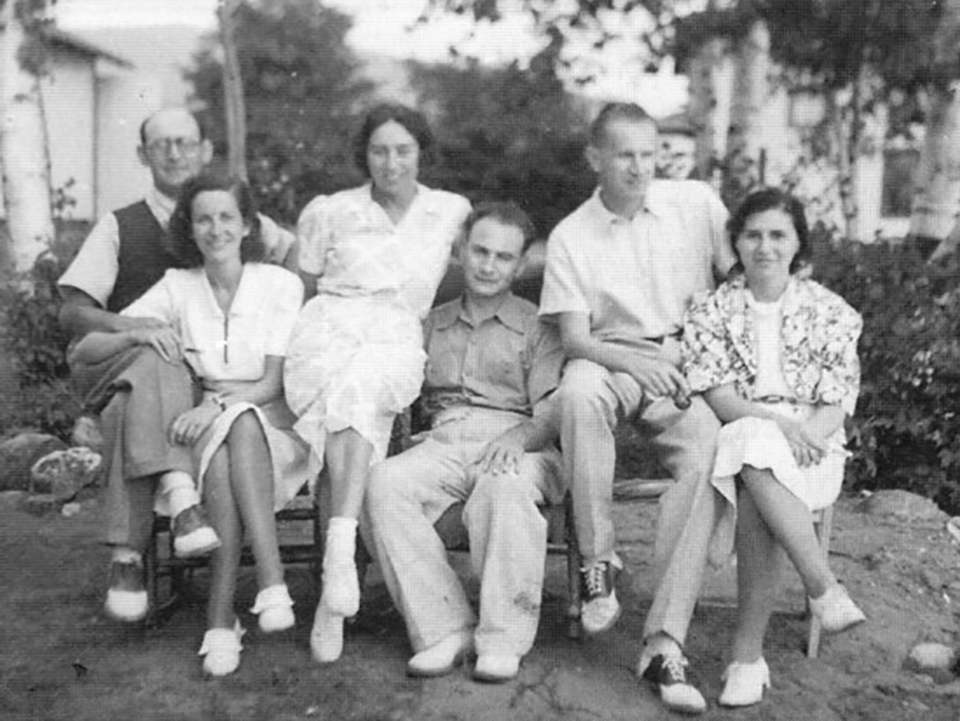
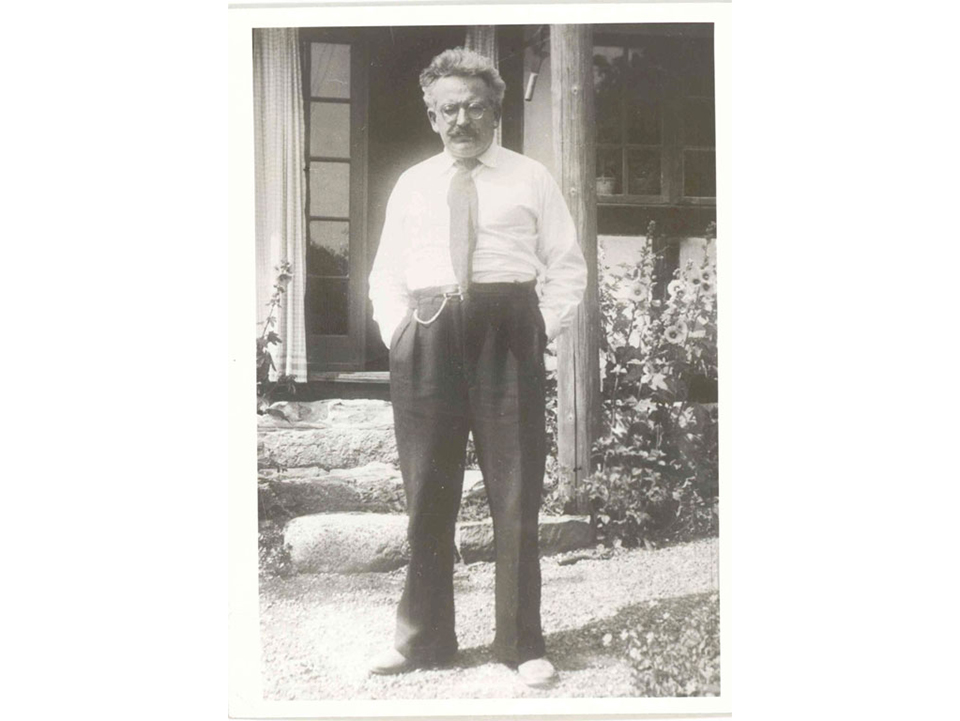
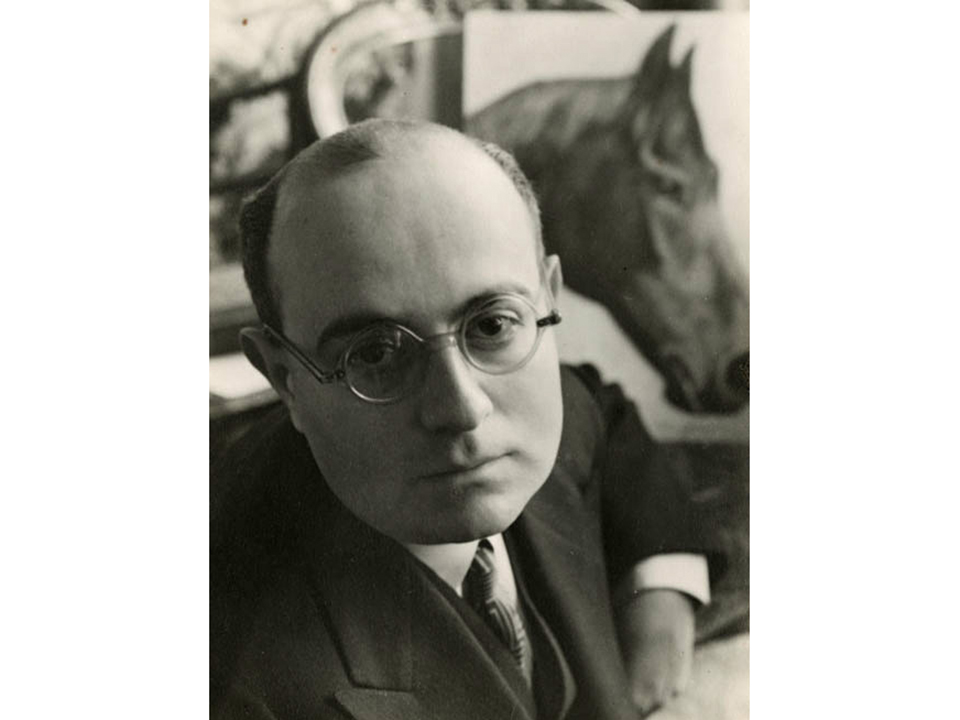

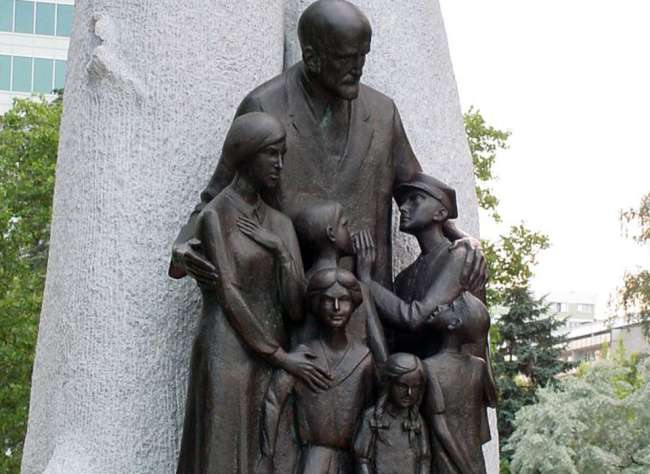
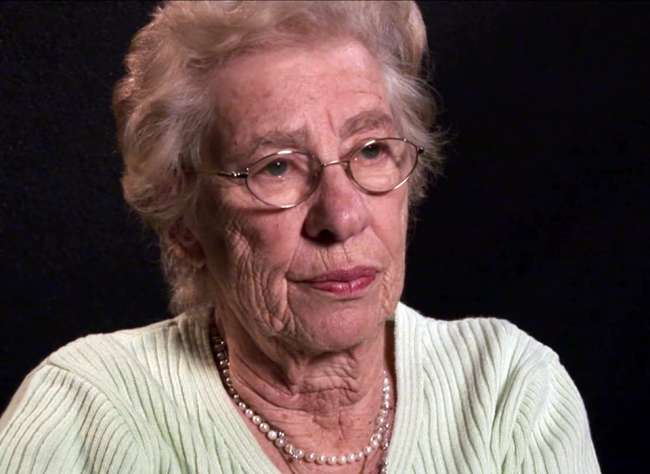




![Max Fuchs, New York City cantor, sings as Rabbi Sydney [sic] Lefkowitz, Richmond, VA, conducts the first Jewish services from Germany.](/sites/default/files/styles/max_650x650/public/2025-10/image1.jpg)
